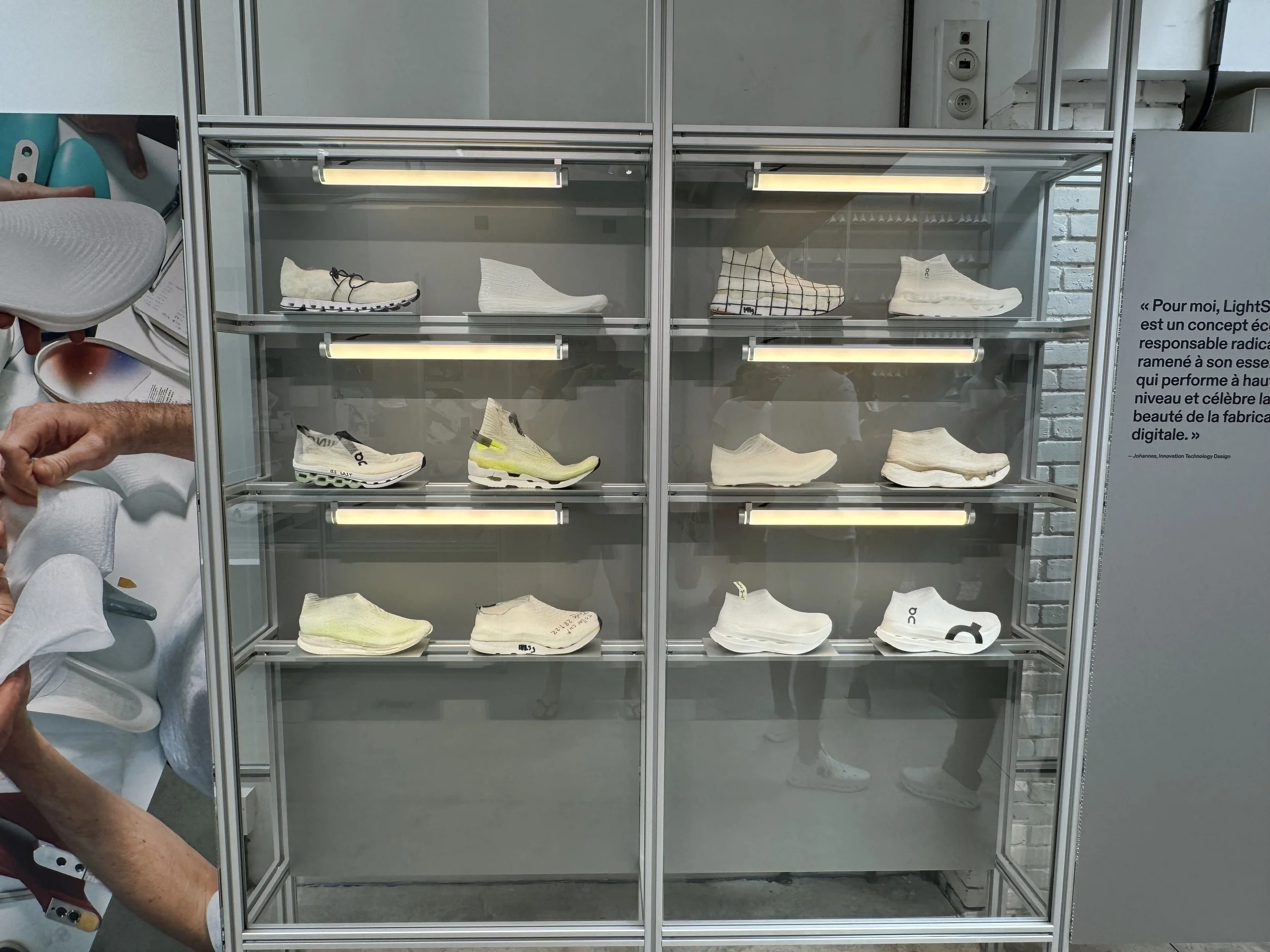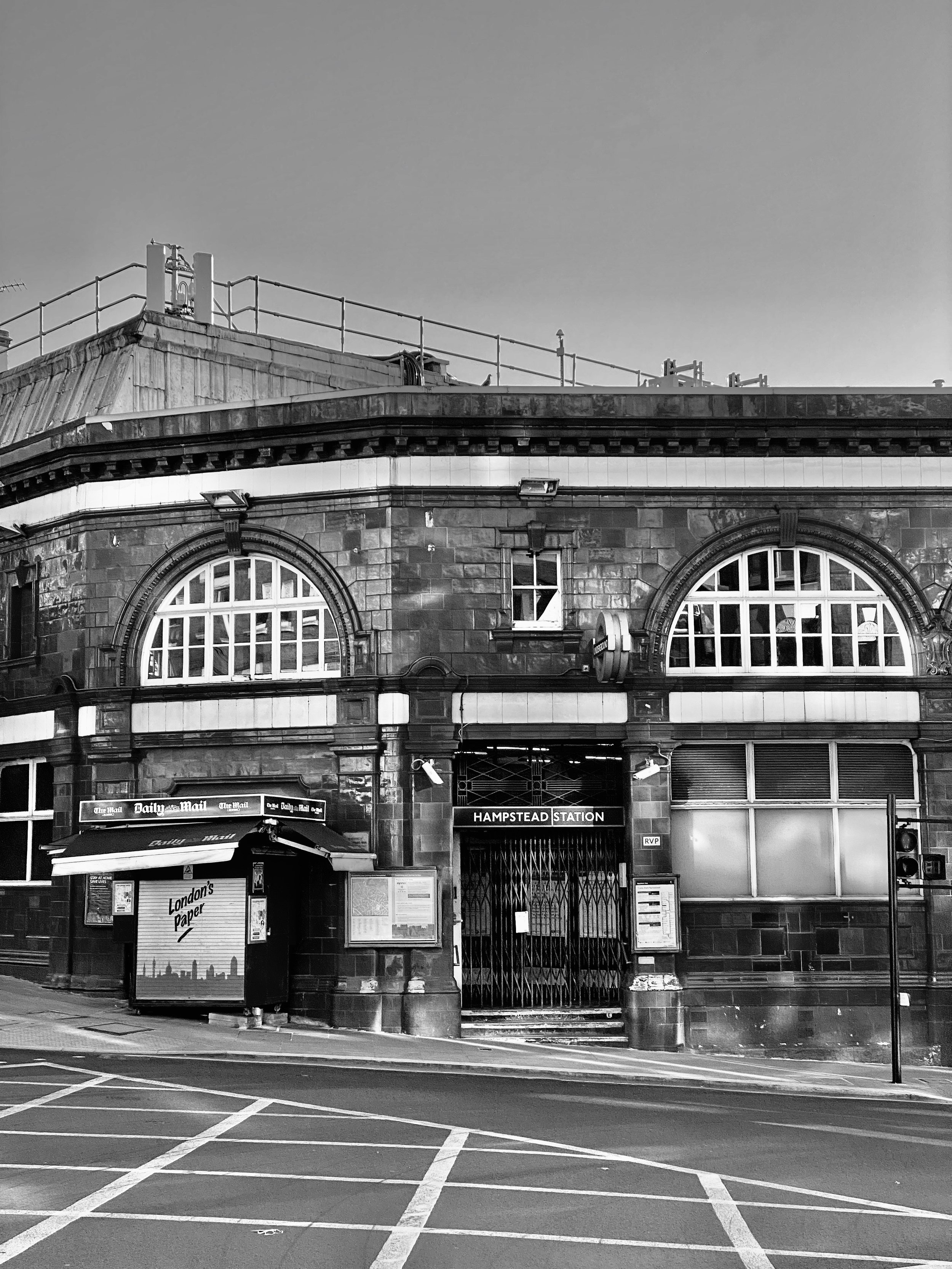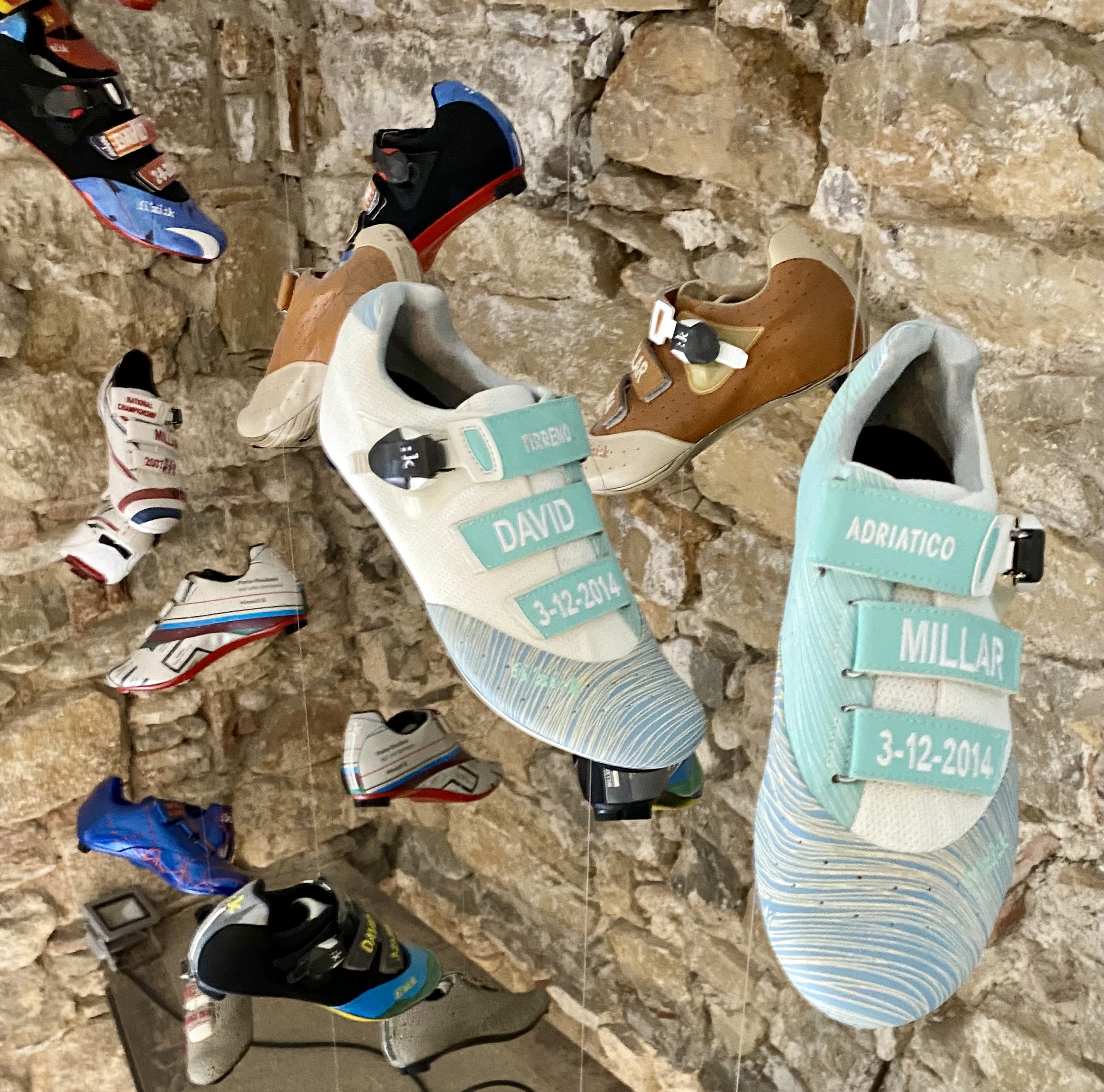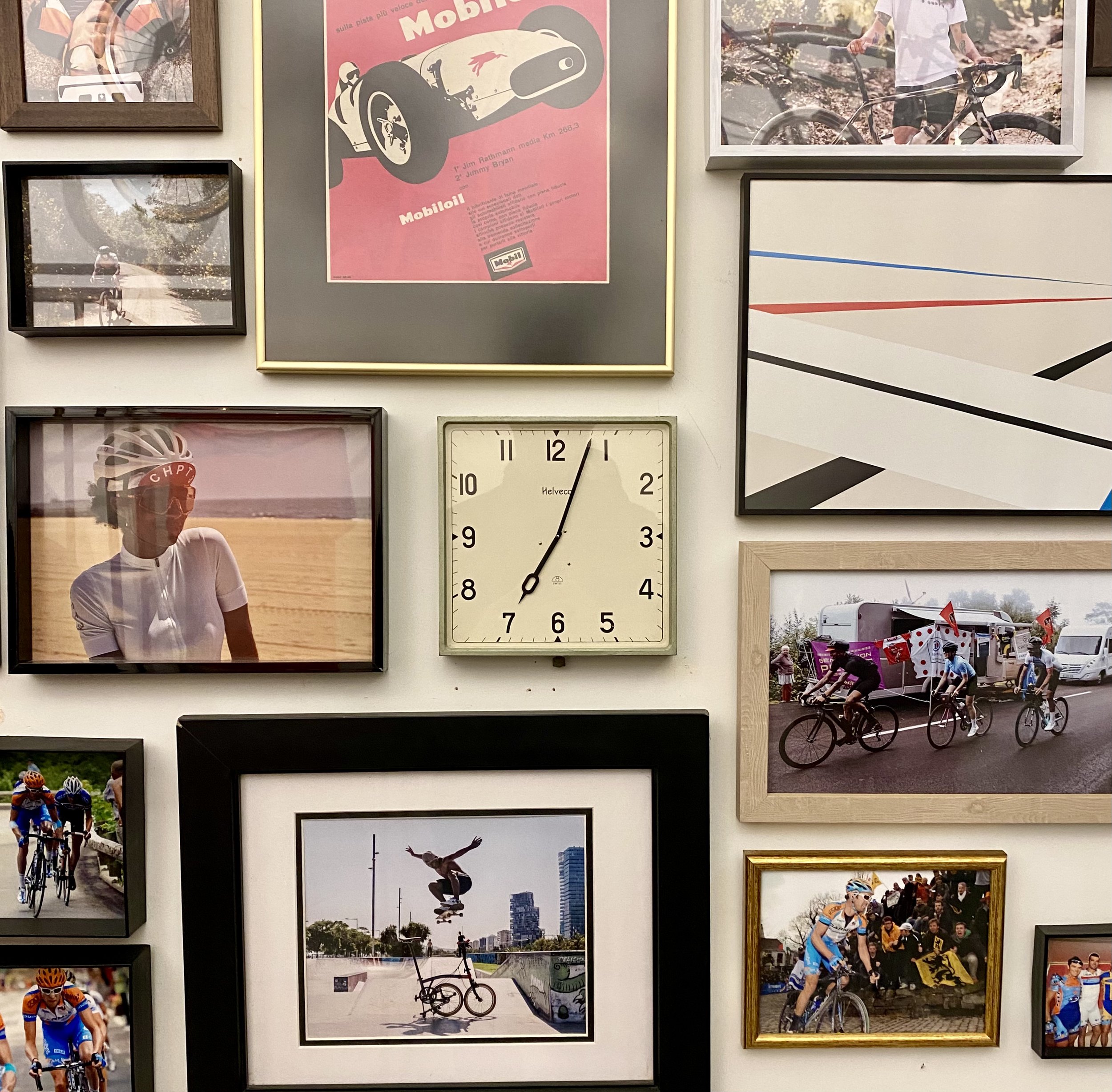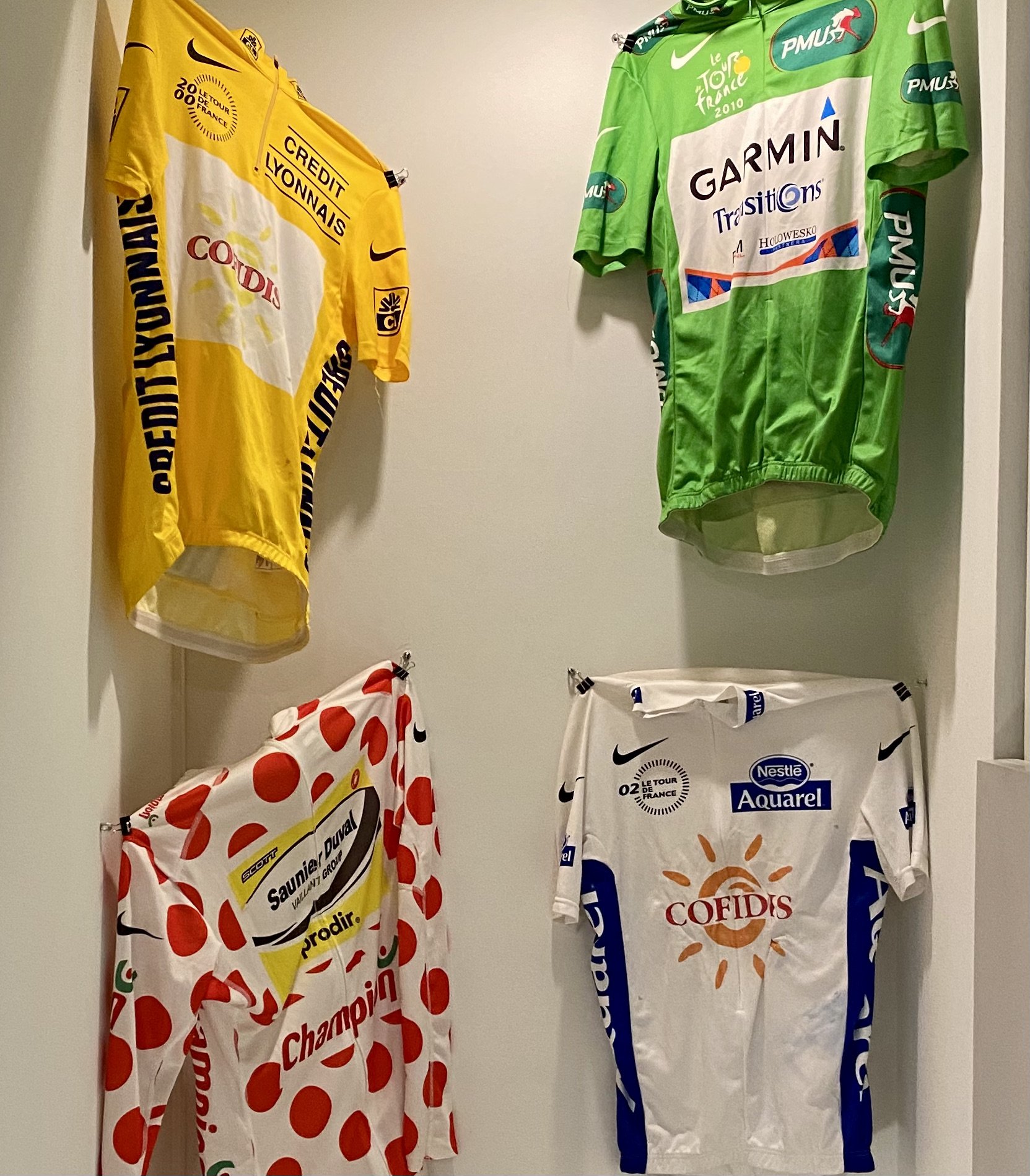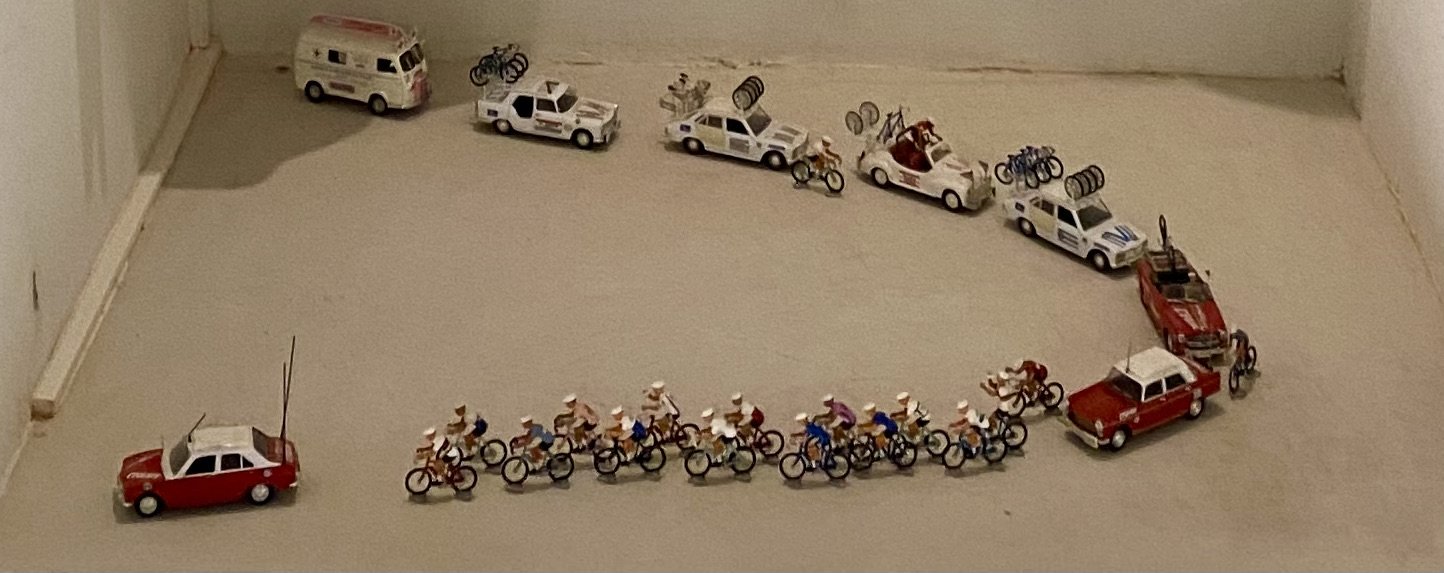Hampstead, North London 14 April, 2020
◎⁃◎
Hello,
Welcome to Connecting Dots, the monthly newsletter on Innovation Leadership by Brett Macfarlane.
I’m back in London after recent visits to Spain, France, Netherlands and Canada. Everywhere I went, the need for leadership to do more was a theme I kept hearing. However, an 80-year-old experiment near where I live reminded me of just one behaviour needed to be an effective leader.
Best,
Brett
◎⁃◎
Leaderless Teams
I recently learned that in 1943 the War Officers Selection Board headquarters was based near me in North London. In the bohemian neighbourhood of Hampstead, a group of psychiatrists set about to determine what makes a good leader—an existential question when deciding who to select, train and entrust with the lives of others during combat.
The few remaining pictures suggest a modest facility for a mission of such importance. Yet, this humble group reduced the failure rate of leader selection from 45% to 8%. Despite a decrease in the quality of army intakes at the time. A profound improvement in but a few weeks of experimentation.
The primary experiment that led to this success was “leaderless teams” pioneered by Isabel Menzies Lyth from St. Andrews University. Her innovation is used to this day for officer selection in most merit-based militaries globally.
In the research, groups of soldiers without an appointed leader were given a “set” problem. However, the “real” problem unbeknownst to participants was their ability to balance their desire to do well with the need to work with and support other members of the group. Observers assessed, documented and ultimately coached this capacity.
What emerged from this exercise is that social class, education, gender and athletic ability were less important for leadership than the capacity for an individual to attend to others in the group.
Coming across the 80-year-old findings surprised and also delighted me. We can see a direct line of evidence in Amy Edmonson’s work on Psychological Safety. Which has also been validated in modern organizational research such as Google’s Project Aristotle and a range of industrial firms in central Europe.
I asked myself if this truth is so sound then why isn’t it more widely practiced now?
Often overlooked in the findings is the real question of what gives an individual the capacity to practice psychological safety—or attend to the needs as described by Lyth. Many miss that this ability to attend to the needs of others is Lyth’s stated reframing of authority, away from the patriarchal notions of hierarchy and class standardization. In Lyth’s findings and theories, authority becomes a power within oneself to relate to others rather than to control them.
Often our relationship with authority is the hardest part of leadership for people to accept or take up. People who like to think they are “good” people unwittingly end up trying to control others. These behaviours are imprinted deep within a person, often only activated in positions of change and leadership.
To attend to others one first needs to attend to oneself— to understand their deeper imprint of the behavioural drivers and detractors that compel them forward. Revealing our underlying imprint is what enables true self-awareness and the ability to attend to the needs of others.
Like most learning, it’s found through action, not pontification. Most people feel there is widespread leadership failure throughout business and society. The good news is that we only need to develop one practice—the ability to attend to the needs of others.
◎⁃◎
Leadership Gym
As you think about 2023, it’s a good time to start observing how you are relating to others in your teams. What situations draw you to control or compel you to withdraw? These may signal situations where your behavioural drivers or detractors are over-activating.
When this happens write a paragraph summarizing what happened. Don’t overthink it, just capture what happened and how you feel about it. Once you have five situational vignettes themes will emerge revealing the deeper imprints of your leadership behaviour. Rich material to discuss with your executive coach, a supportive colleague or a trusted companion. It may point to an opportunity for your 2023 development goals.
Learn more about inspired and resilient innovation leadership with Brett Macfarlane.
◎⁃◎
